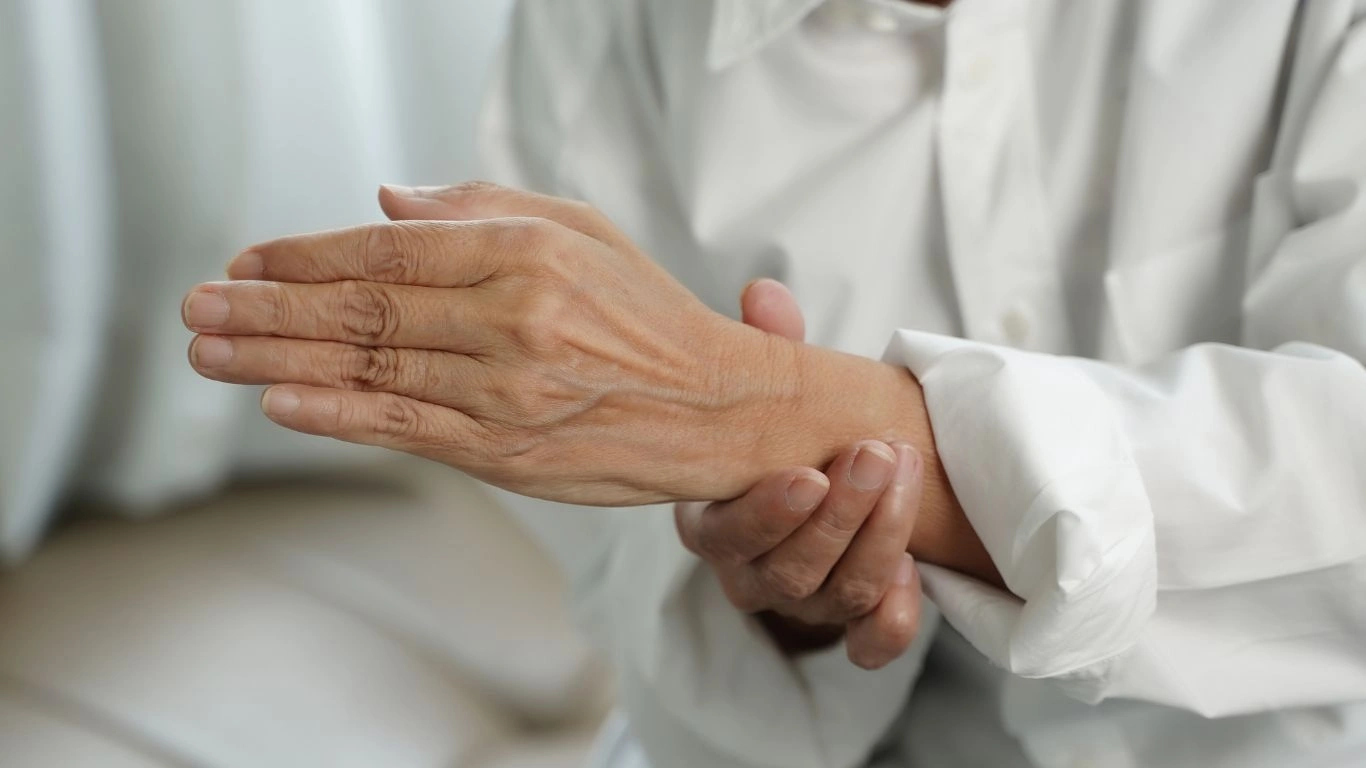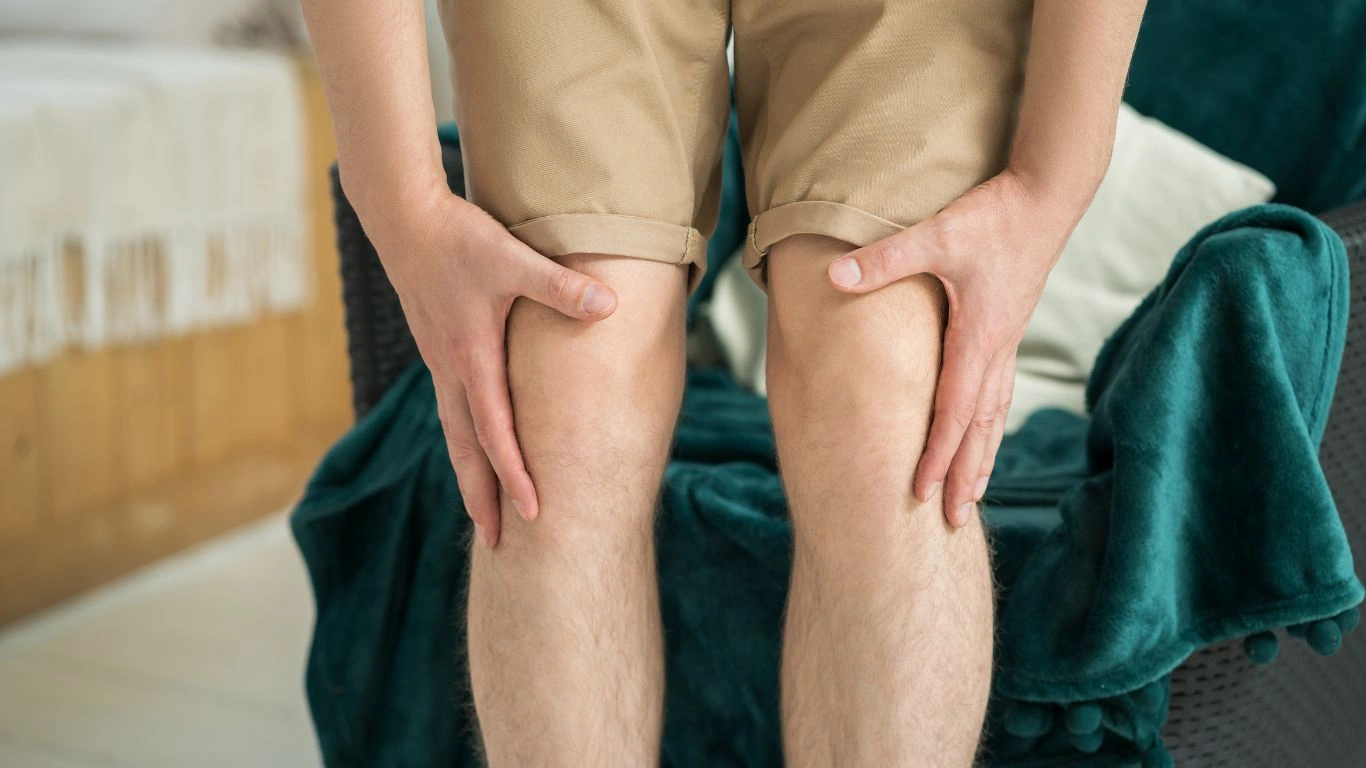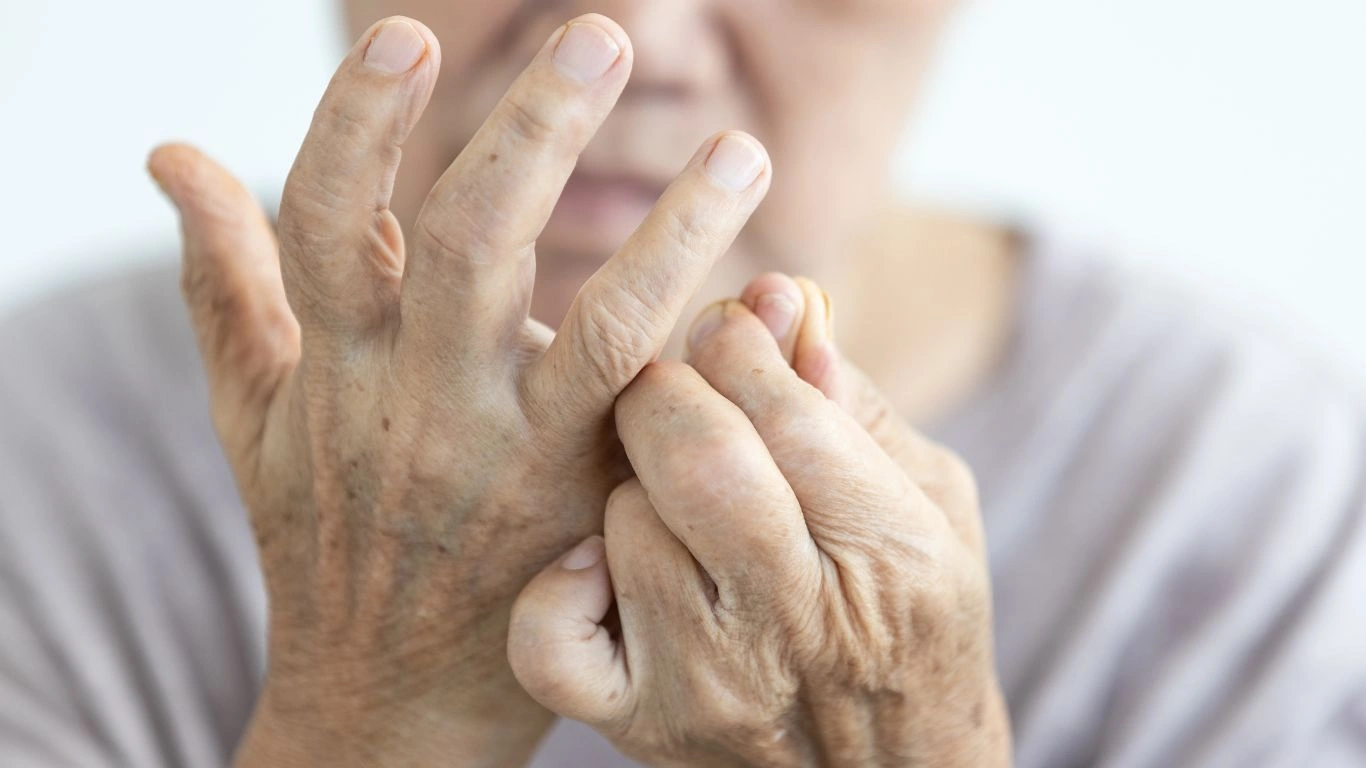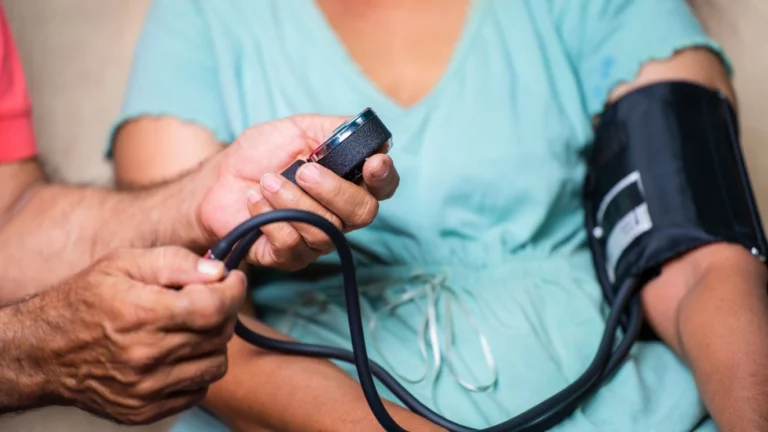Boost Flexibility with Rheumatoid Arthritis: Simple Tips That Work
Let’s be real—living with rheumatoid arthritis isn’t just about managing pain or medications. It’s the little things that slowly become a challenge—twisting a doorknob, reaching for a jar, tying your shoes. As a Rheumatology nurse practitioner, I’ve seen firsthand how people’s lives shift, sometimes drastically, after their diagnosis. One of the biggest concerns I hear is: how to improve flexibility with rheumatoid arthritis—and it’s a great question because mobility is often one of the first things that feels like it’s slipping away.
Why Flexibility Matters When You Have RA

Rheumatoid arthritis isn’t just joint pain. It’s an autoimmune disease that causes the immune system to mistakenly attack healthy joint tissue. Over time, this leads to stiffness, swelling, and reduced range of motion. I’ve had patients tell me, “I used to be able to do yoga every morning, now I can barely reach down to tie my sneakers.” That stiffness? It’s more than annoying—it can lead to serious loss of independence.
Flexibility is a core component of functional mobility. And when it decreases, everyday tasks become tough. But here’s the good news: there are ways to work around RA’s attempts to slow you down. And no, it doesn’t require you to become a contortionist or spend hours at the gym.
What Happens to Flexibility With RA?
Think of your joints like hinges on a door. When they’re well-oiled, they move smoothly. But RA makes those hinges rusted and inflamed. Synovial inflammation causes the lining of your joints to thicken, which can lead to scar tissue, reduced joint space, and eventually permanent damage.
Here’s what often happens:
- Morning stiffness lasts longer than 30 minutes
- Joint movements feel “tight” or restricted
- You avoid movement because it hurts—making flexibility worse
- Muscles surrounding joints become weaker and tighter
It becomes a vicious cycle: pain leads to inactivity, inactivity leads to stiffness, and stiffness leads to more pain. I always tell my patients, “You don’t need to push through pain—but you do need to keep moving within your comfort zone.”
Understanding Your Body’s Limits—and When to Gently Push Them

One of the most important pieces of advice I share is to listen to your body—but don’t let it boss you around. There’s a big difference between pain and discomfort. Improving flexibility means nudging those limits slowly and consistently, even when your joints aren’t exactly in the mood.
So, what’s the goal?
We’re not aiming for splits or backbends (unless you’re into that, go you!). The real goal is:
- Improving your joint range of motion
- Keeping muscles around joints strong and elastic
- Supporting balance and reducing falls
- Maintaining independence with everyday tasks
I had a patient in her 50s, let’s call her Maria, who was convinced she couldn’t do anything because her knees “were shot.” We started with gentle seated stretches, twice a day, no more than 5 minutes at a time. Three weeks in, she was walking further, needing less support, and even doing light Tai Chi. Small wins add up fast.
Stretching Tips for RA Warriors (Yes, You)

You don’t need to overhaul your entire routine overnight. Improving flexibility with rheumatoid arthritis is about working smart, not hard. Here are a few tips I share with patients almost daily:
1. Stretch When You’re Warm
Try stretching after a warm shower or following a short walk. Cold muscles = cranky muscles. You’ll notice a big difference in how your joints respond when they’re warmed up first.
2. Go Slow and Steady
This isn’t a race. Move slowly into each stretch. Hold it for 15-30 seconds, and don’t bounce. You’re looking for a gentle tug, not pain.
3. Breathe (Seriously, Don’t Forget)
Deep, slow breathing relaxes your nervous system. It helps ease tension in the body and makes your stretches more effective. I tell my patients, “If you’re holding your breath, you’re trying too hard.”
4. Keep it Consistent
Even 5 minutes a day makes a difference. Choose 3-5 stretches, and repeat them daily. Make it a habit, like brushing your teeth. Your joints will thank you.
5. Modify When You Need To
Use tools—yoga straps, resistance bands, even a towel. Sit on a chair or stretch in bed if the floor feels too far away. There’s no one-size-fits-all here. Comfort and safety first.
Honestly, some of my best flexibility improvements with patients came not from intensity but consistency and creativity. You’ve got to meet your body where it’s at—and then gently lead it where you want it to go.
Best Types of Movement to Support Flexibility With RA

Now that we’ve covered the why and the how of stretching, let’s talk about the what. Not all movement is created equal when it comes to improving flexibility with rheumatoid arthritis. And no—you don’t need to be drenched in sweat to see real progress.
What I always emphasize to my patients is this: the right kind of movement can ease inflammation, boost mood, improve circulation, and keep joints mobile. We’re not talking about punishing workouts here. We’re talking about smart, joint-friendly, body-loving activity.
Gentle Yoga and Chair Yoga
This one’s a fan favorite. Yoga promotes flexibility, balance, and calm. But not all yoga styles are RA-friendly. Skip the power flows and hot rooms. Instead, look for gentle or restorative yoga classes. Better yet, chair yoga is a fantastic option—no getting up and down from the floor.
I had a patient, Mark, who couldn’t stand for long due to ankle swelling. Chair yoga changed everything for him. He regained shoulder and hip flexibility he hadn’t had in years—all from a seated position.
Water Aerobics and Aqua Therapy
If you’ve never tried moving in water, I highly recommend giving it a go. The buoyancy reduces joint strain, making it ideal for RA. Plus, warm water helps relax stiff muscles and reduce inflammation. Many community pools offer aqua arthritis classes—check your local Y or senior center.
Tai Chi and Qigong
These slow, flowing movements not only enhance flexibility but also improve balance and coordination. They’re low impact, meditative, and can be done at your own pace. A double win for body and mind. A few of my patients have told me these practices helped them reconnect with their bodies instead of just “fighting” the pain all the time.
Daily Functional Movements
Don’t underestimate simple, daily movements: getting up from a chair, reaching overhead to a shelf, rotating your wrists while brushing your teeth. These “micro-movements” support joint health too. If you’re moving with intention, you’re making progress.
How to Improve Flexibility With Rheumatoid Arthritis During Flare-Ups

Let’s be honest—flare-ups are the worst. Everything hurts, you’re exhausted, and flexibility is probably the last thing on your mind. I totally get it. That said, how you respond during a flare matters in the long run.
During flares, you’re not trying to improve flexibility—you’re trying to maintain what you have. Think of it as “flexibility maintenance mode.” The key is to stay gently mobile without overdoing it.
Use Heat Before Moving
Heating pads, warm showers, or a heated blanket over the joints can prep your body. Heat increases blood flow and loosens tissues. It makes stretches feel a little less “ouch” and a little more “okay, I can do this.”
Gentle Range-of-Motion Exercises
No deep stretches here. We’re talking wrist circles, shoulder rolls, ankle pumps, and gentle neck turns. Keep movements small, smooth, and slow. I usually recommend doing these a few times throughout the day for 5 minutes each.
Respect the Pain Signals
If a movement causes sharp or intense pain, back off. That’s your body waving a red flag. But mild discomfort? That’s often okay. I remind my patients: “Discomfort is like a yellow light—just proceed with caution.”
Nutrition and Hydration: The Quiet Flexibility Boosters

Here’s something most people don’t think about: what you eat and drink impacts how your joints feel and move. I’ve had more than one patient say, “Tarra, I didn’t realize changing my food could make my joints feel less stiff.” Oh, but it can!
Anti-Inflammatory Foods to Add
- Fatty fish like salmon or sardines – loaded with joint-loving omega-3s
- Leafy greens – think spinach, kale, and chard for vitamin K
- Berries – rich in antioxidants that calm inflammation
- Turmeric – a natural anti-inflammatory that you can add to teas, smoothies, or meals
Some of my patients take turmeric capsules or add golden milk to their nightly routine. It’s not a magic fix, but it supports the bigger picture.
Foods to Limit (Sorry, But You Knew This Was Coming)
- Sugary snacks and drinks – they spike inflammation
- Fried foods – hello, trans fats and joint sabotage
- Highly processed carbs – like white bread and pastries
- Excess alcohol – which can mess with both inflammation and sleep
Drink More Water Than You Think You Need
Hydration helps maintain synovial fluid levels—that’s the stuff that keeps your joints cushioned and gliding smoothly. When you’re dehydrated, everything feels tighter. Aim for at least 8 cups of water a day, more if you’re active or it’s hot out.
Mindset Shift: Flexibility Is a Long Game
And now, a bit of real talk. Improving flexibility with rheumatoid arthritis doesn’t happen overnight. It’s not a straight line. Some weeks you’ll feel like a champ, other weeks not so much. That’s totally normal. What matters is not giving up on your body—even when it feels like it’s giving up on you.
I always tell folks: you don’t have to be perfect, just persistent. Build a toolbox of strategies—gentle movement, warm-ups, smart nutrition, stress management—and pull from it regularly. Progress comes from patience, consistency, and self-kindness.
Stay tuned, because there’s more to explore—like specific flexibility routines, tools I love (foam rollers, massage balls, etc.), and how sleep and stress affect mobility. But you’ve already taken a powerful first step just by caring enough to learn more.
Tools and Props That Can Help You Stay Flexible

Let’s talk gear. Now, you definitely don’t need a fancy home gym or piles of equipment to improve flexibility with rheumatoid arthritis. But there are a few low-cost tools I often recommend that can make movement safer, easier, and just more comfortable.
1. Resistance Bands
These are my absolute go-to. Light resistance bands are fantastic for assisting stretches and adding gentle strength training without putting stress on the joints. You can loop them around your feet, hands, or even a doorknob. Bonus—they’re super portable.
2. Foam Rollers (Or Tennis Balls)
These are great for self-massage and releasing tight fascia around muscles and joints. I usually advise starting with a softer foam roller, especially if your muscles are very tender. Roll slowly, breathe, and avoid directly rolling over inflamed joints.
3. Yoga Straps or Towels
Perfect for stretching when your arms don’t quite reach. A yoga strap can help with hamstring stretches, shoulder openers, or even wrist mobility. And hey, if you don’t have one? A towel or belt works just fine.
4. Supportive Cushions or Bolsters
Using props to support your body during stretches makes a world of difference. They reduce strain and allow you to hold a pose longer without discomfort. I have several patients who keep a folded blanket or pillow nearby just for this.
5. Hand Therapy Balls or Putty
These are especially helpful for those dealing with finger or wrist stiffness. Squeezing therapy putty or rolling small balls in your hand promotes circulation and dexterity—plus it can be kind of meditative!
Sample Flexibility Routine for RA (Beginner Friendly)

Ready to put things into motion? Here’s a sample flexibility routine I often walk patients through. It’s gentle, low-impact, and perfect for morning or evening. You can do it daily—or just on days when your body says “let’s move.”
- Neck Rolls – Slowly roll your head side to side, 5 reps each direction
- Shoulder Rolls – Inhale, lift shoulders, exhale and roll them back. 10 reps
- Wrist Circles – Extend arms, rotate wrists gently. 10 reps each way
- Seated Hamstring Stretch – Sit with one leg extended, reach toward toes with strap or towel. Hold 20 seconds each leg
- Ankle Pumps – Lying or seated, flex and point your toes. 10 reps per foot
- Seated Cat-Cow – On a chair, arch and round your spine with breath. 5 cycles
- Wall or Doorway Chest Stretch – Press your palm against a wall, turn gently away to stretch your chest. Hold 15 seconds per side
It takes about 10 minutes total. Feel free to modify it based on how your joints are feeling. Remember: flexibility isn’t about forcing your body—it’s about working with it.
Other Lifestyle Habits That Support Flexibility
Flexibility isn’t just about the stretches. There’s a whole lifestyle behind keeping your body moving with grace—even with RA tagging along for the ride.
1. Prioritize Sleep
Yep, sleep really does matter. Poor sleep increases inflammation and pain sensitivity. I’ve had patients tell me their joints feel “twice as stiff” after a bad night. Aim for 7–9 hours of quality sleep, and keep a calming nighttime routine. A warm bath and some magnesium lotion can do wonders.
2. Reduce Stress
Stress tightens everything—muscles, joints, even breath. Mind-body practices like meditation, deep breathing, or journaling aren’t just fluffy wellness trends—they directly support joint health. When your nervous system relaxes, your flexibility tends to follow.
3. Stay Social and Connected
This one might surprise you. People who stay socially connected tend to move more, feel better, and manage pain more effectively. Whether it’s a walking group, online support forum, or just chatting with friends, don’t go at this alone. Support is medicine too.
Let’s Keep It Real: Some Days Will Be Hard
Listen, I won’t sugarcoat it—some days are rough. RA has a way of catching us off guard. You might have a solid streak of good days, then suddenly wake up feeling like the Tin Man from Wizard of Oz. That’s okay.
When those days happen, I want you to be gentle with yourself. Honor your body’s limits, but don’t abandon it. Even a few wrist rolls or slow breaths can keep your flexibility momentum going. Healing isn’t linear. And flexibility? It’s not a destination—it’s a relationship with your body that evolves every day.
I’ve seen incredible resilience in my patients over the years. Folks who went from feeling hopeless about their mobility to confidently stretching every morning. Progress looks different for everyone, but I promise—you can absolutely improve flexibility with rheumatoid arthritis. Bit by bit. Breath by breath.
References
- National Institutes of Health (NIH)
- Health.com
- Arthritis Foundation
- Centers for Disease Control and Prevention (CDC)
Disclaimer
This article is for informational purposes only and is not intended as a substitute for medical advice, diagnosis, or treatment. Always consult your healthcare provider or a licensed medical professional before starting any new health or exercise program, especially if you have a chronic condition like rheumatoid arthritis.

Tarra Nugroho is a dedicated Nurse Practitioner with a strong foundation in family and preventive care. She brings both compassion and clinical expertise to her practice, focusing on patient-centered care and health education. As a contributor to Healthusias.com, Tarra translates medical knowledge into clear, empowering articles on topics like women’s health, chronic disease management, and lifestyle medicine. Her mission is simple: help people feel seen, heard, and informed—both in the clinic and through the content she creates. When she’s not caring for patients, Tarra enjoys weekend hikes, plant-based cooking, and curling up with a good health podcast.






